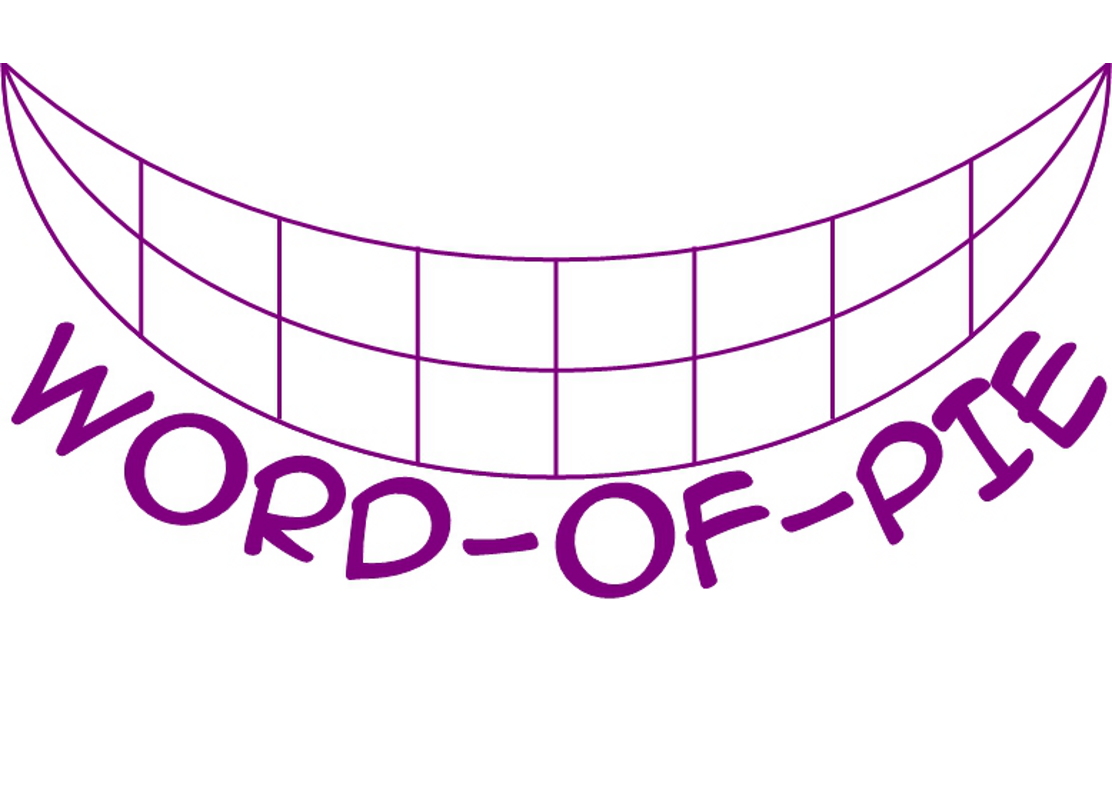Back in May, Julia Colgan wrote a great post breaking down the latest version of the Electronic Discovery Reference Model (EDRM). She outlined the changes in her post but the most significant change is the use of Information Governance instead of Information Management.
Before I dive into the model, I want to make one thing clear. The purpose of this model is to show how all these concepts work together for the purpose of eDiscovery. It is meant to drive understanding.
Which is why I am not happy with the model.
Governance Given Short Shrift
I concede that the EDRM is an eDiscovery-focused model. As such, it is expected that the aspects of eDiscovery would be highlighted and given much more thought. The only problem is that it fails to focus enough importance on the role Information Governance can play for eDiscovery.
Julie says in her post:
[Information Governance] is actually a super-activity that doesn’t stop during eDiscovery. Rather it is a pervasive, constant part of overall corporate governance.
True, but it is more than than in many ways. Information Governance is needed even if the odds of an eDiscovery process occurring is less than 5% a year. It is an underlying part of every business.
Julie suggested a large circle in which the entire EDRM model sits. Aside from the aesthetic challenge of such a change, it conveys the wrong impression. Information Governance is foundational but is not part of the eDiscovery process.
Once the eDiscovery request arrives, it is too late to be implementing Information Governance.
Information Governance needs to be disconnected from the front of the model. Information Governance sets the stage for all information-centric processes. It isn’t a step in eDiscovery. The feedback from the completion of the eDiscovery process should be represented, having Information Governance as a solid block along the left of the model would work.
One Last Little Adjustment
I like the triangles representing Volume and Relevance of the information being culled for use as a response to the eDiscovery request. I would make both slopes exponential, and not linear, in nature. That would be a more accurate representation of how the volume and relevancy change during the process.
Julie suggested lowering the height of the volume triangle to represent the effect of a good Information Governance program. I would go the other direction. The top of the Volume region needs to be at the top of the diagram. When illustrated exponentially, this would not overwhelm the rest of the diagram.
The reason is simple. There will always be a lot of information initially retrieved. This is not just a function of the size of the repository that is being queried, but part of the learning curve in determining what is responsive for the eDiscovery request.
A good Information Governance program would make the curve fall more sharply. This would represent the identification of responsive information occurring more quickly.
Having the volume of information flow out of a solid wall of Information Governance on the left conveys that concept. It would clearly show the relationship between the Volume and Information Governance in such a way as to not restrict its purpose as one of supporting eDiscovery.
When information has been properly captured and categorized, finding the right answers is easy.


One thought on “Information Governance and eDiscovery”
Comments are closed.